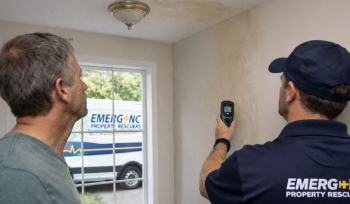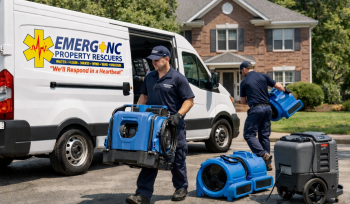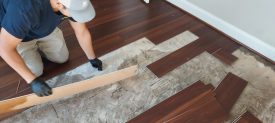As falling temperatures cause water to freeze and expand, any pipe – plastic or metal – can rupture and burst, resulting in extensive and potentially expensive water damage to floors, walls and ceilings.
But homes in all climates are subject to water damage whether as a result of storms or problems with everyday household appliances, fixtures and even decorative items that have the potential to leak.
Even in the balmiest areas, a home can sustain water damage from a leaking water heater, toilet tank, overflowing bathtub or sink even a leaking aquarium. And no matter what the source of the water, it’s important to stop the leak, remove the water, dry the affected area, and identify the full extent of the damage as quickly as possible.
If a home does sustain serious water damage in spite of all precautions, managing the clean-up may involve much more than the obvious steps of pumping out or mopping up the water itself.
If the water from a burst pipe has soaked sheet rocked walls, chances are, the insulation behind that sheetrock is also wet and therefore needs to be removed and replaced to prevent the growth of mold.










